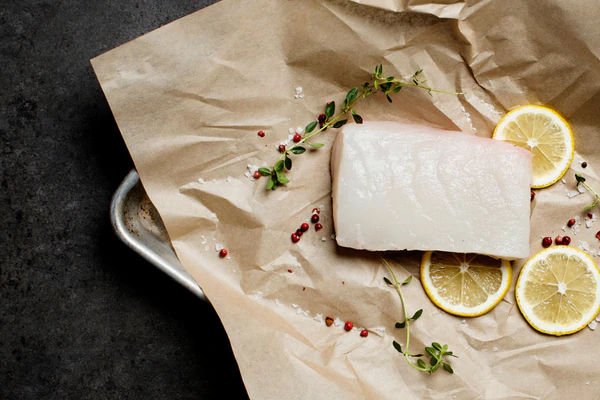In case you haven’t heard, the Nordic Diet is the latest region-inspired eating lifestyle that’s taking the health industry by storm. With many similarities to the Mediterranean Diet, the Nordic diet takes a hard stance against processed foods in favor of lots of fruits and vegetables and healthy fats (like those found in seafood).
Looking for a diet that supports your protein addiction? Here’s how you can follow the Nordic diet and enjoy the benefits of a Northern European lifestyle:
How to Follow the Nordic Diet
Rather than providing a long list of what you can and can’t eat, the Nordic diet keeps it simple with a few key tenants:
- Eat lots of produce. There’s no need to shy away from overly starchy vegetables, like corn or potatoes, or beans and legumes, which occasionally get a bad rap for being hard to digest. Just keep it fresh and utilize cooking methods that maintain the integrity of the produce, like boiling, roasting and sautéing.

- Enjoy whole grains. The Nordic diet is all about satiating your cravings in healthy, filling ways, and getting plenty of fiber is essential to achieving this balance. Relying on crusty breads — like a hearty, dark rye — to give meals more staying power is a cornerstone of eating like a Northern European.
- Protein is important, and it doesn’t have to just come from seafood. While seafood is a core component in the Nordic diet, this method of eating also doesn’t shy away from high quality lean red meats, like grass-fed beef and lamb.
- Keep it simple. The less unprocessed foods and the fewer additives you consume, the better. In fact, the Nordic diet recommends eating as many naturally occurring foods as possible to steer clear of harmful antibiotics and GMOs.

- Less olive oil, more canola oil. One aspect of the Nordic Diet that sets it apart from its Mediterranean counterpart is the use of grape seed oil, or canola oil, favored over olive oil. While olive oil is still fine to consume, the Nordic Diet claims that canola oil may actually be better for lowering LDL cholesterol and improving overall heart health.
The Benefits of the Nordic Diet
Now that we’ve covered some of the pillars behind the Nordic diet, what’s the motivation to try it? Well, besides the delicious fresh food that comes along with eating the Nordic way, research shows that a seafood-infused diet can have significant health advantages.
Even though potatoes and crusty breads aren’t usually associated with weight loss, a slimmer waistline does tend to be a positive side effect of following the Nordic diet. Steering clear of processed foods and sticking to high-quality fresh foods can help reduce inflammation in the body, which can also lower your risk of chronic illness, heart disease, cancer and diabetes. And last, but certainly not least: following the Nordic diet is good for the environment! Prioritizing produce and sustainably-sourced meat and seafood is good for our planet. Period.
Ready to jump onboard the Nordic train? Start with wild-caught seafood or grass-fed cuts from yours truly.










